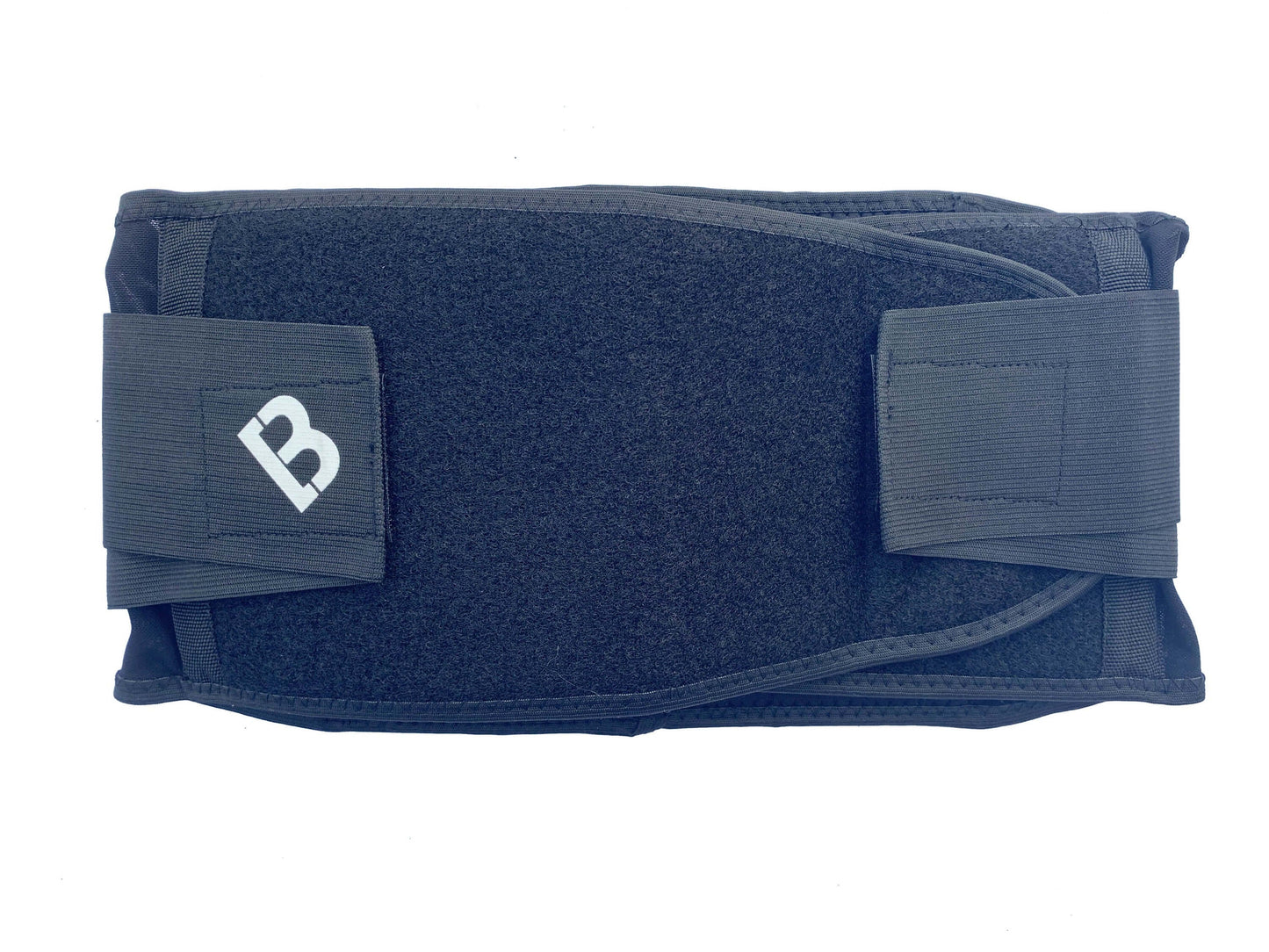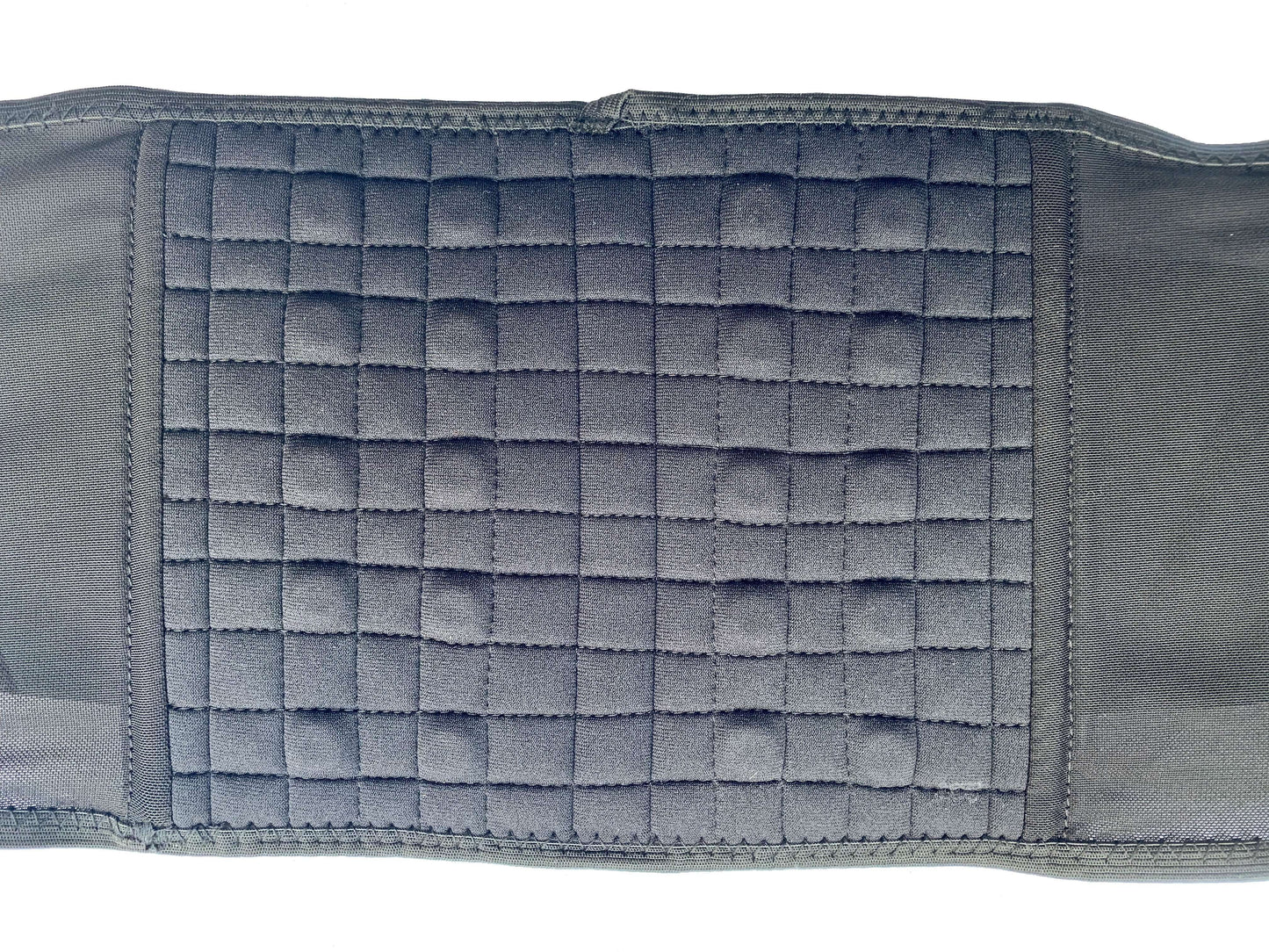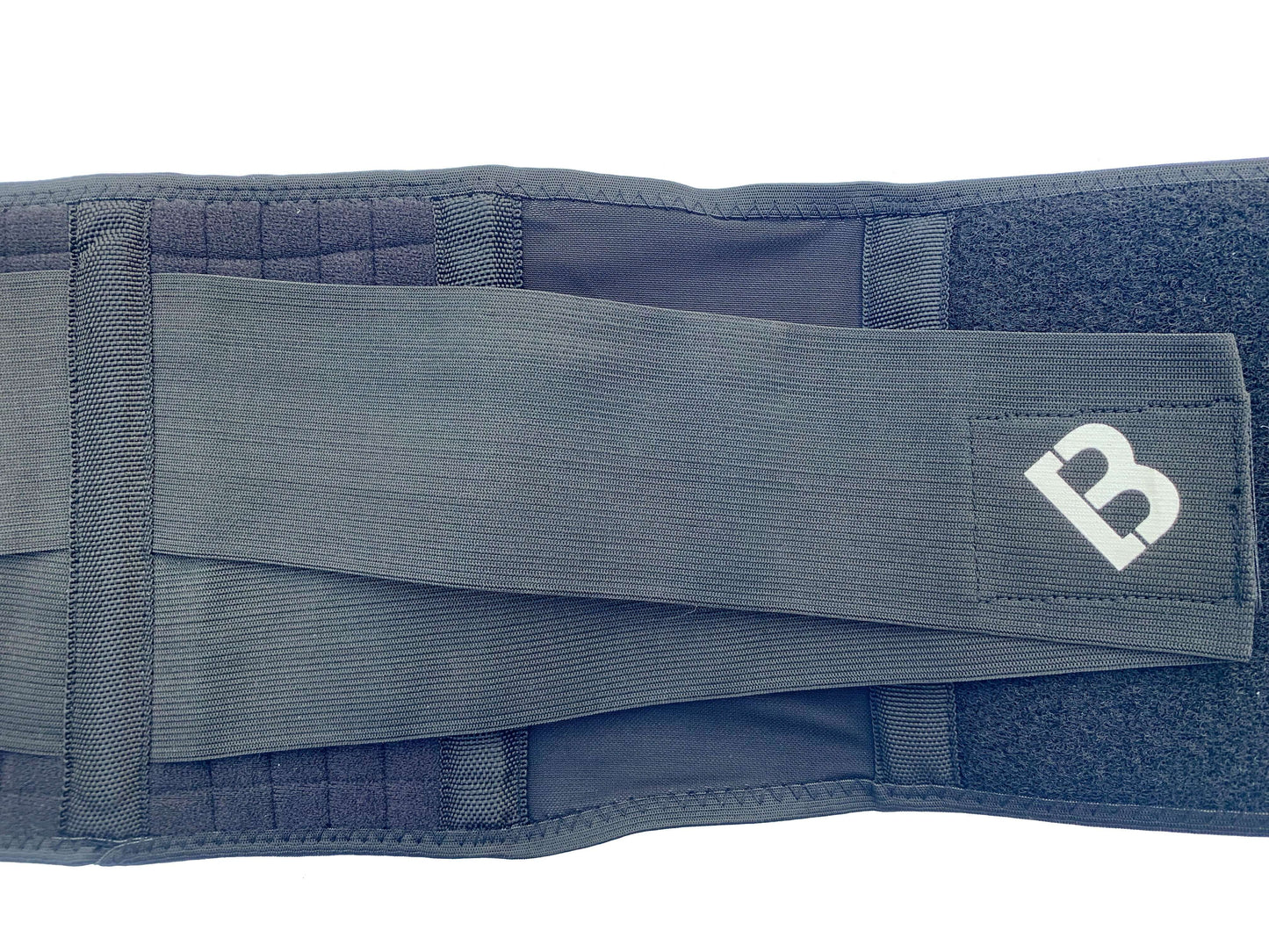Managing Back Pain at Home Naturally: Effective Solutions for Long-Term Relief
Share
Back pain is a common issue that affects millions of people worldwide. Whether it’s due to poor posture, muscle strain, or a sedentary lifestyle, managing back pain can be challenging.
Fortunately, there are several natural methods you can use at home to alleviate discomfort and promote healing. However, we always want to encourage you to see your doctor for acute injuries and if your pain does not subside.
In this blog post, we will explore various techniques to help manage back pain, including the use of a Magnetic Back Support, which is not only effective but also cost-efficient, with many customers enjoying its benefits for up to 10 years.
Understanding the Causes of Back Pain
Before diving into the solutions, it’s essential to understand the common causes of back pain. By identifying the root cause, you can better tailor your approach to pain management.
Common Causes of Back Pain
- Poor Posture: Slouching or sitting in an incorrect position for extended periods can strain your back muscles and spine.
- Muscle Strain: Overexertion or improper lifting techniques can lead to muscle strain.
- Sedentary Lifestyle: Lack of physical activity can weaken muscles and contribute to back pain.
- Injuries: Accidents or sports-related injuries can cause acute or chronic back pain.
- Medical Conditions: Conditions such as arthritis, scoliosis, and herniated discs can also result in back pain.
Natural Methods to Manage Back Pain
Now that we’ve identified some common causes, let’s explore natural methods to help manage back pain at home.
1. Regular Exercise and Stretching
Engaging in regular exercise and stretching can significantly reduce back pain. Physical activity helps strengthen the muscles supporting your spine, improves flexibility, and promotes better posture.
Effective Exercises for Back Pain Relief
- Walking: A low-impact exercise that enhances circulation and strengthens the back muscles.
- Swimming: Provides a full-body workout without putting strain on your back.
- Yoga: Promotes flexibility, strength, and relaxation. Poses like Child’s Pose, Cat-Cow, and Downward-Facing Dog are particularly beneficial for back pain.
Stretching Routines
- Hamstring Stretch: Helps relieve pressure on the lower back.
- Knee-to-Chest Stretch: Eases tension in the lower back.
- Pelvic Tilts: Strengthens the abdominal muscles and supports the lower back.
2. Applying Heat and Cold Therapy
Alternating between heat and cold therapy can be highly effective in managing back pain.
Heat Therapy
Applying heat to the affected area helps increase blood flow, relax muscles, and reduce stiffness. You can use a heating pad, hot water bottle, or take a warm bath.
Cold Therapy
Cold therapy reduces inflammation and numbs the pain. Use an ice pack or a bag of frozen vegetables wrapped in a cloth and apply it to the painful area for 15-20 minutes.
3. Magnetic Back Support: A Cost-Effective Solution
One of the most effective and budget-friendly options for managing back pain is using a Magnetic Back Support. This device not only provides immediate relief but also supports long-term back health.
Benefits of Magnetic Back Support
- Pain Relief: Magnets are believed to improve blood flow and reduce inflammation, which can help alleviate pain.
- Support and Stability: The back support helps maintain proper posture, reducing strain on the back muscles.
- Comfort: Made from high-quality materials, these supports are designed for long-term wear without discomfort.
- Cost-Effective: Many customers have reported using their Magnetic Back Support for up to 10 years, making it a valuable investment for back pain management.
How to Use Magnetic Back Support
- Positioning: Place the Magnetic Back Support around your lower back, ensuring it covers the painful area.
- Adjustment: Adjust the straps to ensure a snug fit without restricting movement.
- Duration: Wear the support for a few hours each day, especially during activities that may strain your back.
4. Mind-Body Techniques
Incorporating mind-body techniques can help manage back pain by reducing stress and promoting relaxation.
Meditation
Practicing meditation helps calm the mind and reduce the perception of pain. Try incorporating mindfulness meditation or guided imagery into your daily routine.
Deep Breathing
Deep breathing exercises can help relax tense muscles and improve oxygen flow to the tissues. Practice diaphragmatic breathing by inhaling deeply through your nose, allowing your abdomen to rise, and exhaling slowly through your mouth.
Progressive Muscle Relaxation
This technique involves tensing and then slowly releasing different muscle groups in the body. It can help reduce overall muscle tension and promote a sense of relaxation.
5. Maintaining a Healthy Diet
A healthy diet plays a crucial role in managing back pain. Proper nutrition supports overall health and can help reduce inflammation.
Anti-Inflammatory Foods
Incorporate anti-inflammatory foods into your diet to help manage pain:
- Fruits and Vegetables: Rich in antioxidants and nutrients that reduce inflammation.
- Omega-3 Fatty Acids: Found in fish, flaxseeds, and walnuts, these fatty acids have anti-inflammatory properties.
- Whole Grains: Provide essential nutrients and fibre to support overall health.
- Lean Proteins: Such as chicken, turkey, and plant-based proteins, help repair and strengthen muscles.
Hydration
Staying hydrated is essential for maintaining the elasticity and health of the spinal discs. Aim to drink at least eight glasses of water a day.
Managing back pain naturally at home is possible with a combination of regular exercise, proper nutrition, mind-body techniques, and supportive devices like a Magnetic Back Support.
By incorporating these methods into your daily routine, you can alleviate discomfort, improve your quality of life, and enjoy long-term back health. Remember, consistency is key, and it’s always a good idea to consult with a healthcare professional before starting any new treatment regimen.


















